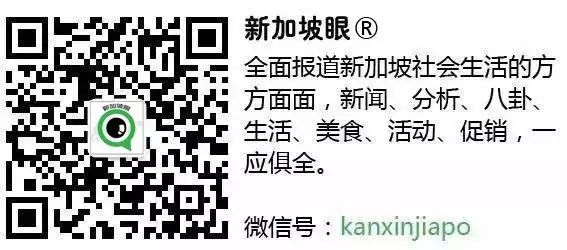
(点击关注“新加坡眼”,输入“翻译”“雅思”等关键词获得相关信息。)
今天,正在度假的李显龙总理向全国人民发来了新年贺词。附上中英文版本。
中文版本:
回顾2017年
去年,我国经济取得3.5%增长,比最初的预测高出一倍。各阶层人士的收入都有所增加,其中中低收入者的增幅尤为明显。新加坡在全球经济上扬的趋势中受惠,更为重要的是,我们的生产力提高了。
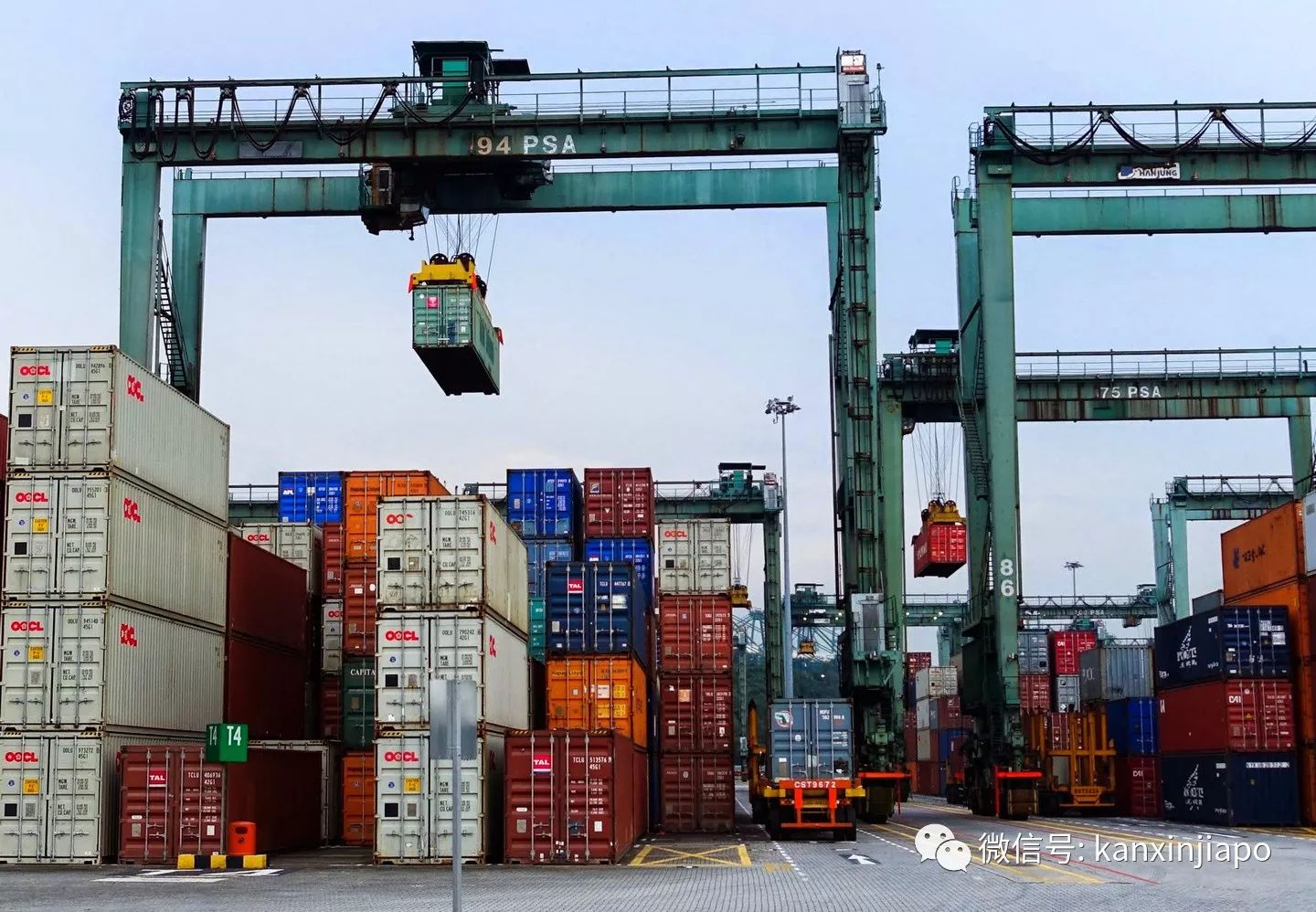
新加坡人正积极提升自己,不断掌握新技能,企业也在加强创新能力,引用新科技。这正是我们保持竞争力,为未来做好准备的最佳方式。
新加坡正积极加强防御能,以及巩固社会凝聚力。全国保家安民计划(SGSecure)提高了新加坡人对恐怖袭击的危机意识。我们的保安部队昼夜保持警惕,严防任何可能的袭击事件。社区和各宗教领袖也携手合作,加强社会凝聚力,并拒绝极端和排他主义思想。
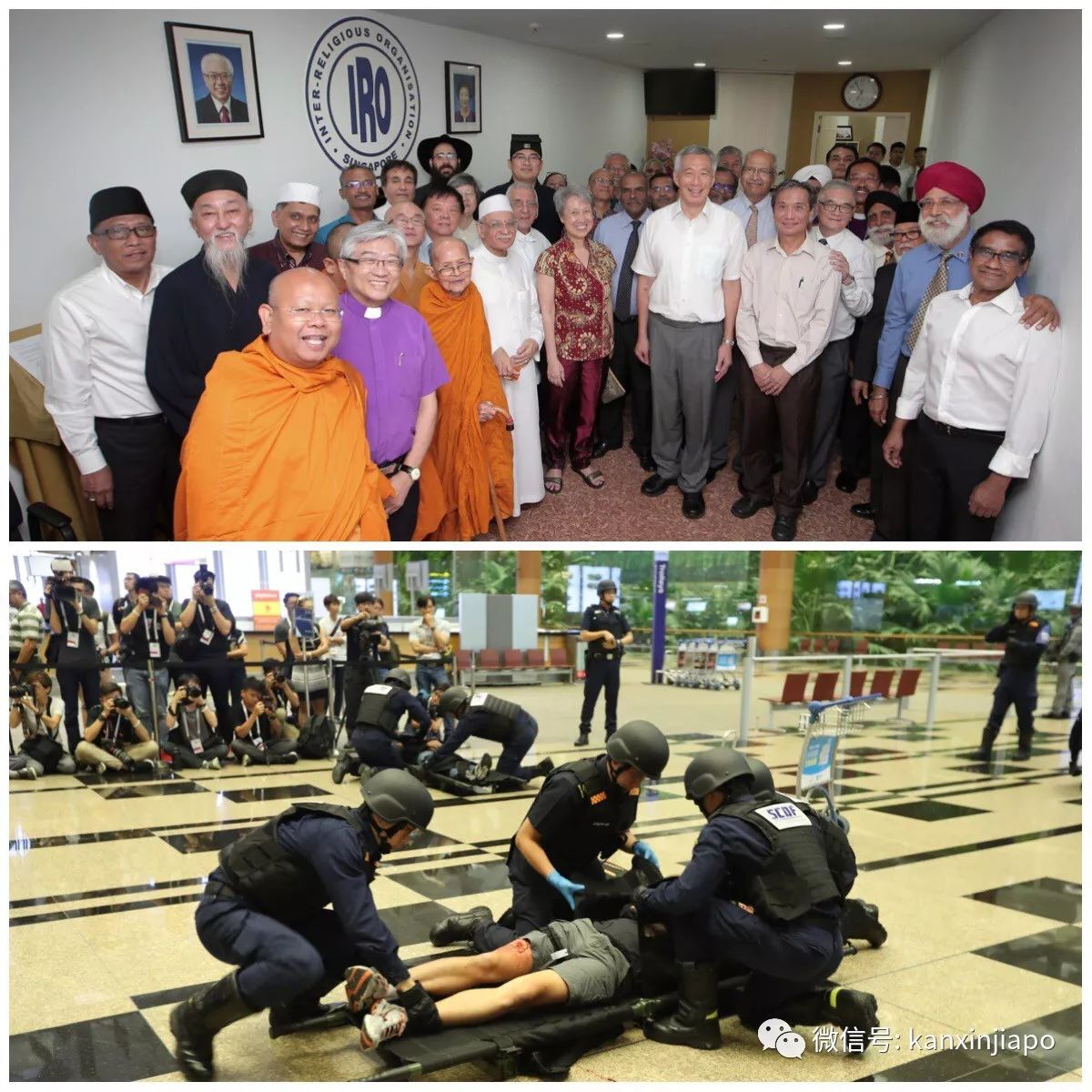
我们为长期强化种族和谐而采取的一项重大决定是修改宪法,为民选总统引进保留选举机制。哈莉玛总统作为我国近50年来的首位马来族总统,是体现国家团结、坚持多元种族主义的鲜明象征。
在外交上,我们与大国和小国都维持友好关系。

我9月访问了中国,10月出访美国。我与中国、美国领导人的会晤皆取得成果,也再次确立了我们同这两个大国的牢固关系。
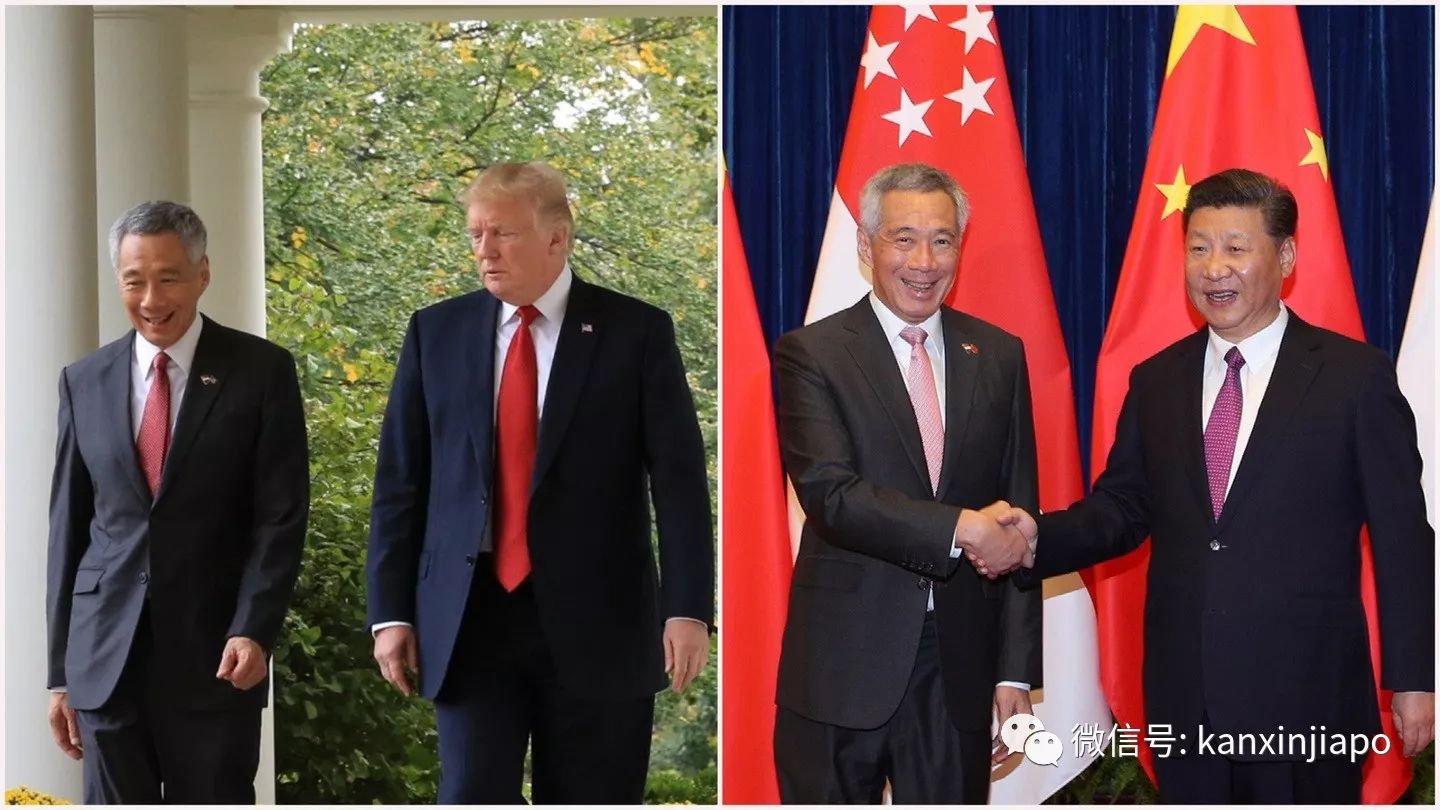
新加坡同两个邻国马来西亚和印度尼西亚的关系也是积极的。我们正在拟定新计划,以深化双边合作和造福我们的人民。
展望2018年
2018年,我们的外部环境依然不确定。朝鲜半岛紧张局势不断升温,令人担忧。极端主义恐怖威胁仍是一个现实的危险。美国仍未针对亚洲、中东和其他地区的政策做出完整论述。马来西亚将于今年举行大选,印尼则是明年,我们希望在邻国筹备大选之际,继续与它们保持稳定关系。尽管面对这些不确定因素,我们仍须继续加强我们在国内外的地位。
新加坡于2018年担任亚细安轮值主席国。50年前,包括新加坡在内的五个国家创立亚细安,一同促进东南亚国家的合作与稳定。如今,亚细安如今扩大至10个成员国,也成为我国外交政策的一大支柱。新加坡透过亚细安得以在国际上发出更响亮的声音。作为接任主席国,新加坡希望以“坚韧”与“创新”为主题,带领亚细安更上一层楼。

在国内,我们也有满满的工作。我们将继续推进经济重组计划。未来经济委员会正同工会和企业紧密合作,落实产业转型蓝图;通过技能创前程计划鼓励我们的工人终身学习;以及帮助受影响员工适应新工作,在事业新篇章中获得提升。
我们正在兴建更多学前教育中心,为孩子的人生提供更扎实的起步。为应对人口老龄化,我们正在增加医疗设施和检讨医疗政策。我们也会履行永续新加坡发展蓝图(Sustainable Singapore Blueprint)和在巴黎气候协定(Paris Agreement)下作出的环保承诺,以打造一个干净绿化的居住环境。
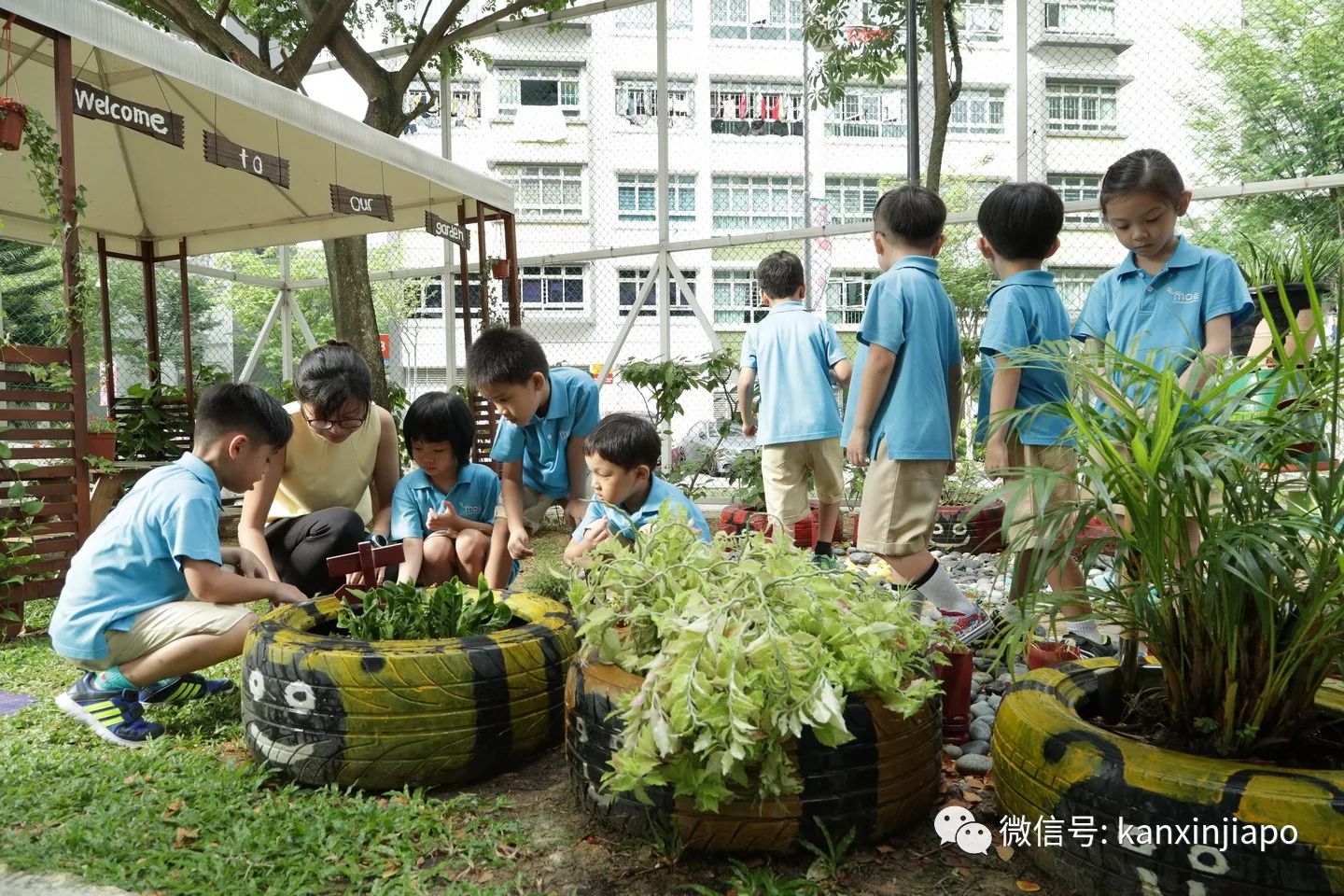
在基础设施方面,我们正提升地铁服务可靠性和扩大地铁网络。我们也会展开多个大型基础设施工程,这包括兴建樟宜机场第五搭客大厦、大士港口和衔接吉隆坡的高速铁路,以此提升新加坡的交通枢纽地位。
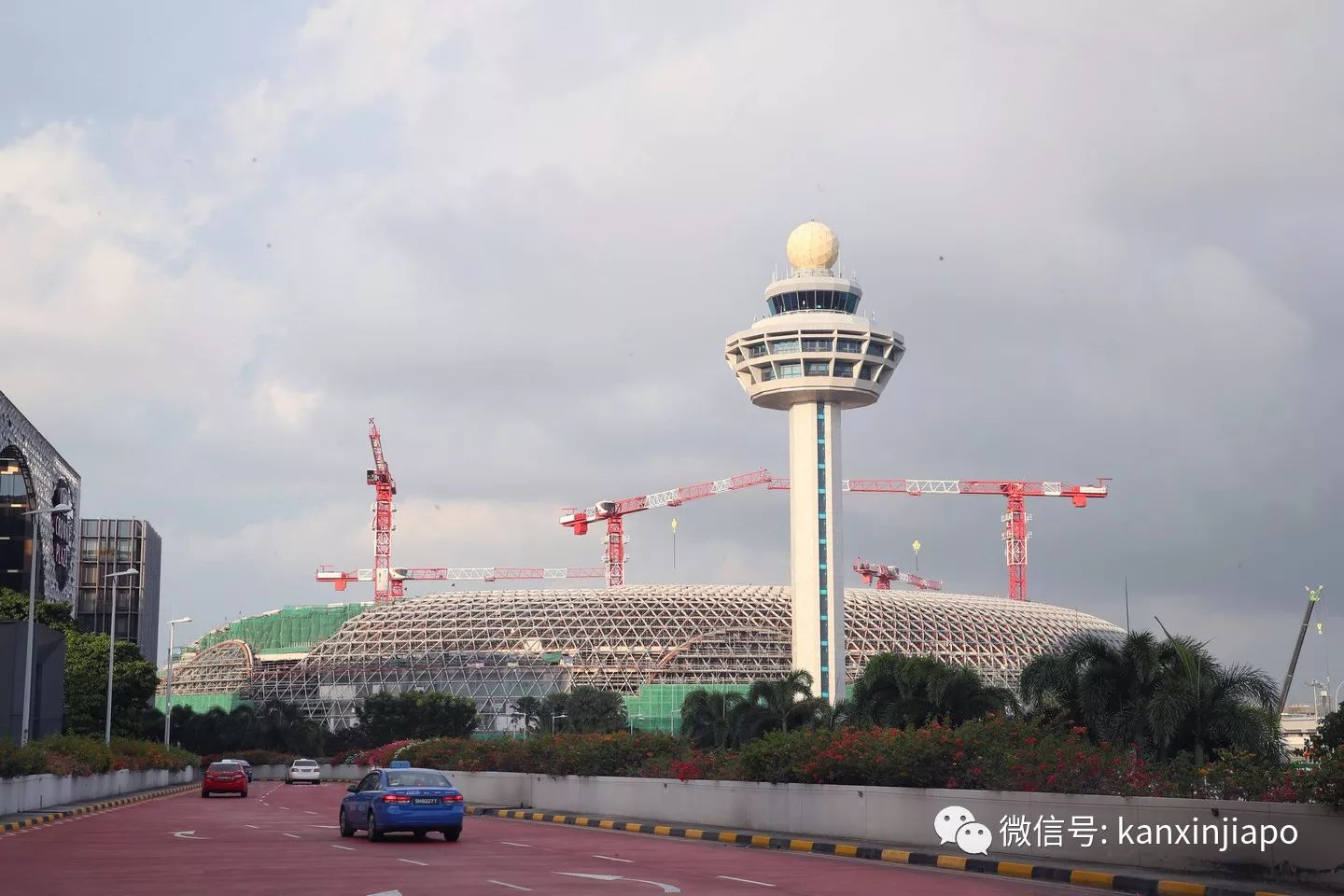
这些都是我们为未来作出的必要投资。它们所需的时间与资源都超越本届政府任期。我们必须未雨绸缪。每一代人为了将来而辛勤工作,为下一代积攒资源,通过巩固前人的基础,把更好的传给下一代,我们就是以这种方式建立了今天的新加坡。就是这个信念推动了新加坡的建国一代,我们这一代也必须把这一信念化为行动。
开埠200周年
新加坡独立50周年(SG50)庆祝活动向建国一代致敬,但新加坡故事早在1965年以前就已经开始。在过去几个月里,我出席了一些特别的周年纪念庆祝活动:新加坡马拉雅里协会(Singapore Malayalee Association)、卡立回教堂和南洋女子中学校(南小是我的母校)都庆祝创办100周年,同济医院则是庆祝建院150周年。这些机构都拥有比独立后的新加坡更悠久的历史,每个机构都为新加坡故事作出了贡献。我们有必要真正了解我们的历史有多久远,有多复杂。
事实上,新加坡的历史可以追溯到至少700年前。14世纪,新加坡岛已是国际海事网络的一个商业中心,只是在后来数百年里逐渐没落。史丹福·莱佛士爵士于1819年登陆新加坡是一个关键转捩点。他带领新加坡走上了另一条道路,让新加坡得以成就今日光景。
若莱佛士没有登陆,新加坡也许不会在东南亚占据独特的位置,有别于周遭群岛的众多岛屿或马来半岛的州。因为莱佛士,新加坡成为一个英国殖民地、自由港口和现代化都市。我们的发展不是直线向上的。我们经历了不少混乱与破坏,包括战争与和平、经济衰退与繁荣、奋斗与成功。不过,最终我们还是熬过来了,并成为一个独立的国家。
我们的先辈离乡背井,从中国、印度和区域内外的国家漂洋过海来到新加坡,谋求更美好的生活。他们到来时只是旅居者,没有落地生根的念头。但这情况慢慢地发生了变化。他们把家人接到这里居住,或在这里组织家庭。他们为各自的社区兴建医院、学校、回教堂、寺庙和教堂。他们带来了各自的文化与传统,相互影响,交织成丰富而多元的社会体系。
这些共同的经历渐渐衍生出新加坡人的身份认同、一份扎根于新加坡的共同信念。在先辈为自己和家人的未来打拼时,他们也把这个商业中心打造成家园,最终变成了一个国家。没有这段历史,就没有从第三世界跃升成为第一世界国家的SG50历程可言。
2019年是莱佛士登陆新加坡的200周年。我们应适当地纪念新加坡开埠200周年,就如同我们在1969年纪念开埠150周年一样。这是新加坡的一个重要里程碑,也是让我们反思国家如何形成、一路上如何走过来,以及如何继续向前进的时刻。
我们在2018年还有许多事要做。财政预算案结束后,国会将进入短暂的中期休会。国会于5月复会时,哈莉玛总统将首次发表政府施政方针演说。施政方针将列出政府在余下任期里要推展的工作。下来的工作将有更多第四代领导人的印迹,他们将肩负更重大的责任,提出他们对新加坡的构想。
整体而言,2017年是良好的一年。我期待2018年的到来。我们已为未来打下牢固的基础,我们的努力也开始取得越来越多的成果。新加坡的好日子还在后头。我在此祝大家新年快乐!
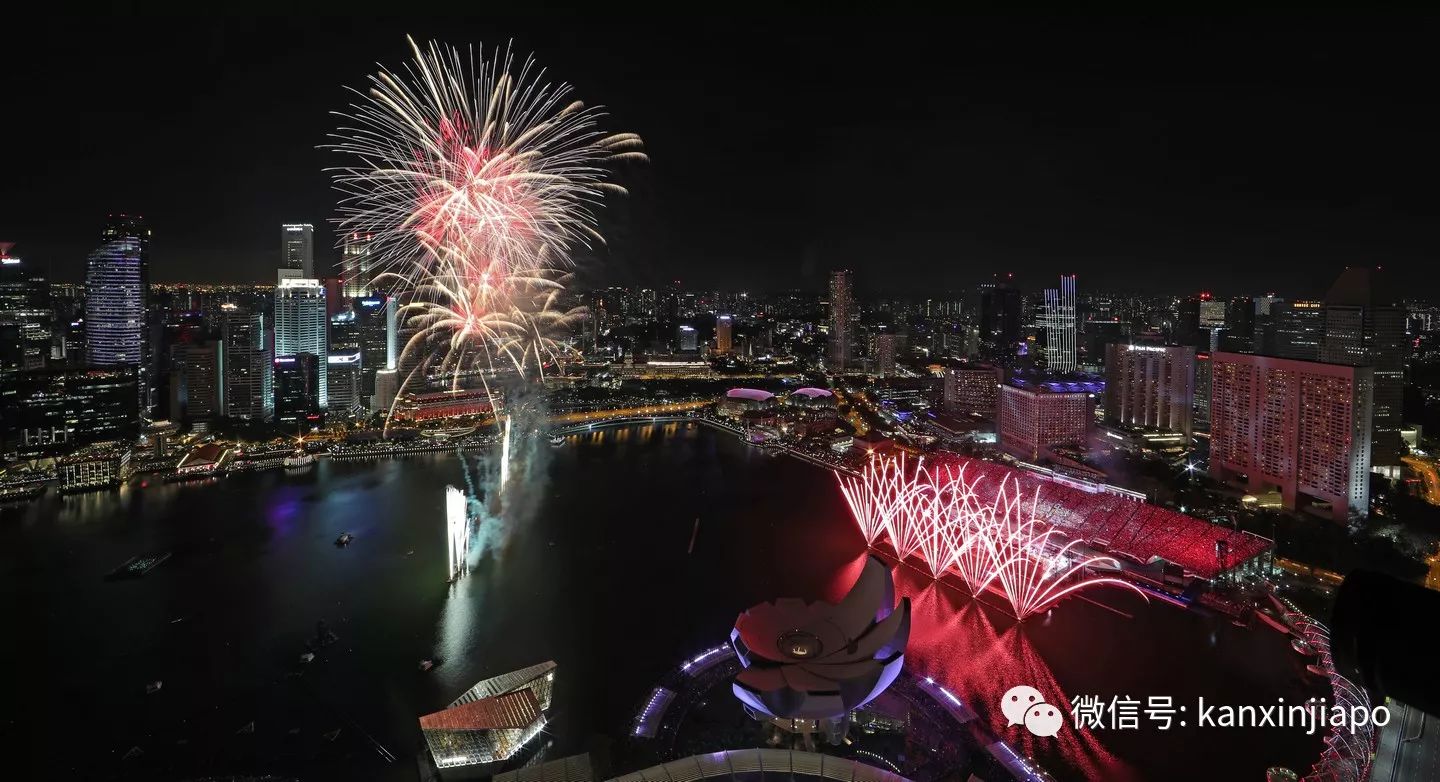
英文版本:
We began 2017 with some uncertainty, both at home and abroad. The economic mood was muted. We worried about security and terrorism. A new US administration was just taking office, with a radical approach to international trade and foreign policy.
But Singaporeans pressed on, undaunted by these challenges. We dealt with the urgent concerns, but we looked beyond immediate problems and did not settle for quick fixes. We made steady progress on our long-term goals, and are finishing the year stronger than we started. We are ushering in 2018 with confidence and strength.
2017 in Review
Last year our economy grew by 3.5%, more than double our initial forecast. Incomes have gone up across the board, especially for low and middle earners. We have benefitted from the global economic upswing. But more fundamentally, our productivity has grown. Singaporeans are upgrading and learning new skills, while businesses are innovating and adopting new technology. That is how we will stay competitive and ready for the future.
As a society, we are striving to become more resilient and cohesive. The SGSecure movement has made Singaporeans more aware of the terrorist threat. Our security forces are vigilant day and night, on guard against possible attacks. Community and religious leaders of all faiths are working together to strengthen our social cohesion and reject extremist and exclusivist ideologies.
One significant step to strengthen our racial harmony, now and well into the future, was amending the Constitution to put in place reserved Presidential Elections. President Halimah Yacob, our first Malay President in almost 50 years, is a visible symbol of our national unity and our commitment to multiracialism.
Externally, we have maintained good relations with countries big and small. I visited China in September, and the US in October. My meetings with President Xi Jinping and President Donald Trump were fruitful, and reaffirmed our strong ties with both powers.
Relations with our immediate neighbours, Malaysia and Indonesia, are also positive. We are working on new initiatives that will deepen bilateral cooperation and benefit our peoples.
Agenda for 2018
Our external environment will remain uncertain in 2018. The Korean Peninsula is a source of growing tension and anxiety. Extremist terrorism remains a present danger. The US’ approach towards Asia, the Middle East and the rest of the world is yet to be fully articulated. We hope to keep relations with our immediate neighbours steady as they gear up for elections – Malaysia this year, and Indonesia the next. Amidst these uncertainties, we must keep on strengthening our position at home and abroad.
Singapore will be the ASEAN Chair in 2018. 50 years ago, Singapore was one of the five founding members which came together to promote cooperation and stability in Southeast Asia. ASEAN has since grown to ten members, and become a key pillar of our foreign policy. Through ASEAN, Singapore has a bigger voice on the international stage. As the next Chair, Singapore hopes to take the group forward with our Chairmanship themes of “resilience” and “innovation”.
We also have a full domestic agenda. We are pressing on with economic restructuring plans. The Future Economy Council is working closely with unions and businesses to implement Industry Transformation Maps, inculcate lifelong learning in our workforce through SkillsFuture, and help affected workers to adapt and grow in new jobs and careers. We are building more preschools to give children a strong start in life.
To prepare for an aging population, we are expanding healthcare facilities and reviewing healthcare policies. We will work to meet our environmental commitments under the Sustainable Singapore Blueprint and the Paris Agreement, so that we can all live in a clean and green Singapore. For infrastructure, we are improving rail reliability and growing our MRT network. We will also be undertaking major infrastructure projects including Changi Terminal 5, the Tuas Megaport, and the High Speed Rail link to Kuala Lumpur, to enhance our status as a transport hub.
All these are essential investments in our future. They require time and resources, and will stretch way beyond this term of government. We have to plan well ahead for them. This is how we have built today’s Singapore – each generation working and saving for the future, building on what it inherited and passing on something better to the next generation. This was the creed that drove the Pioneer Generation of Singaporeans, and it must animate our generation too.
Bicentennial
SG50 paid tribute to the Pioneer Generation. But the Singapore Story began way before 1965. Just in the past few months, I have attended several special anniversary celebrations: the 100th anniversaries of the Singapore Malayalee Association, Masjid Khalid, and Nanyang Girls’ High School (my alma mater), as well as the 150th anniversary of Thong Chai Medical Institution. All these organisations are older than independent Singapore. Each has contributed to the Singapore Story. We must understand truly how far back our history reaches, and how complex it is.
Indeed, Singapore’s history stretches back at least 700 years. Our island was already a maritime emporium in the 14th century, though it declined in later centuries. Sir Stamford Raffles’ landing in 1819 was a key turning point. Raffles set Singapore on a different trajectory, which brought us to where we are today.
Had Raffles not landed, Singapore might not have become a unique spot in Southeast Asia, quite different from the islands in the archipelago around us, or the states in the Malayan Peninsula. But because of Raffles, Singapore became a British colony, a free port, and a modern city. Our progress was not a straight line upwards. We experienced many dislocations and disruptions, including war and peace, economic depression and prosperity, struggle as well as success. But ultimately we came through, and became an independent nation.
Our forefathers came from China, India, the region and beyond, leaving their families behind, to seek better lives here. They came as sojourners, with no intention to stay. But slowly this changed. They brought their families over, or formed families here. They built hospitals, schools, mosques, temples and churches for their communities. They brought their own cultures and traditions, interacted with one another, and wove these strands together into a rich and diverse tapestry.
Over time, out of their shared experience grew a Singaporean identity, a shared sense of being rooted in Singapore. As our forefathers worked to build a future for themselves and their families, they were also turning an emporium into a home, and eventually a country. Without this history, we could not have made the SG50 journey from third world to first.
2019 will be the 200th anniversary of Raffles’ landing. We should commemorate this bicentennial appropriately, just as we marked the 150th anniversary in 1969. It is an important milestone for Singapore; an occasion for us to reflect on how our nation came into being, how we have come this far since, and how we can go forward together.
Meanwhile in 2018 we have much to do. After the Budget sitting, Parliament will prorogue for a short mid-term break. When the new Parliamentary session opens in May, President Halimah Yacob will deliver her inaugural President’s Address. In it, the Government will lay out its agenda for the rest of the term. This will bear the imprint of the fourth-generation leadership, who are taking on greater responsibilities, and putting forth their ideas for Singapore.
Overall, 2017 has been a good year. I am looking forward to 2018. We have built a strong foundation for the future. Increasingly, our efforts will show results. Singapore’s best days are ahead of us. I wish one and all a Very Happy New Year!
相关阅读:
欢迎关注新加坡眼®,新加坡最大的自媒体平台。
